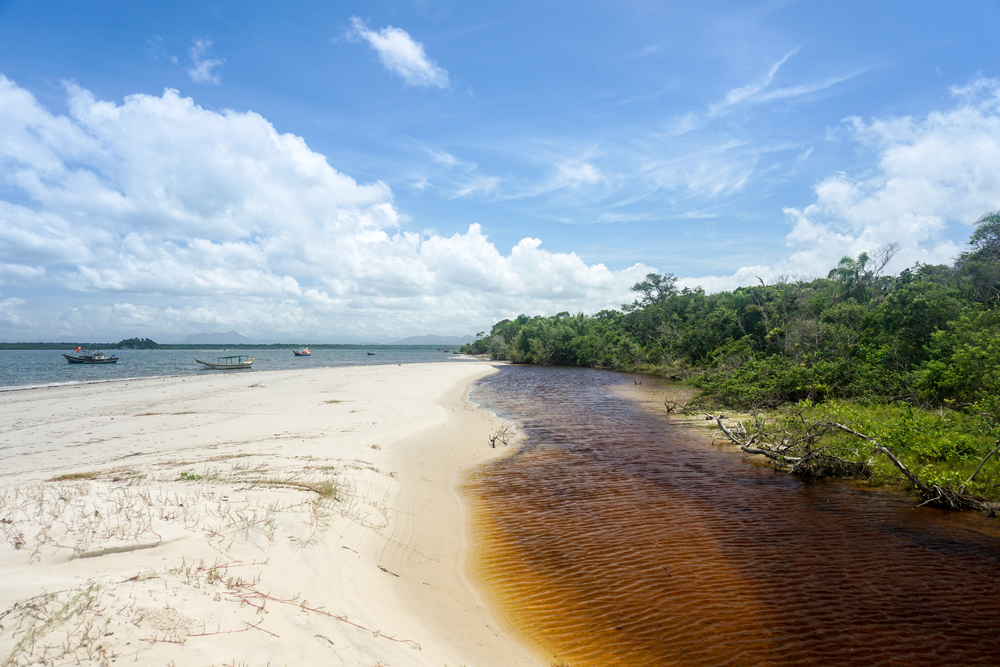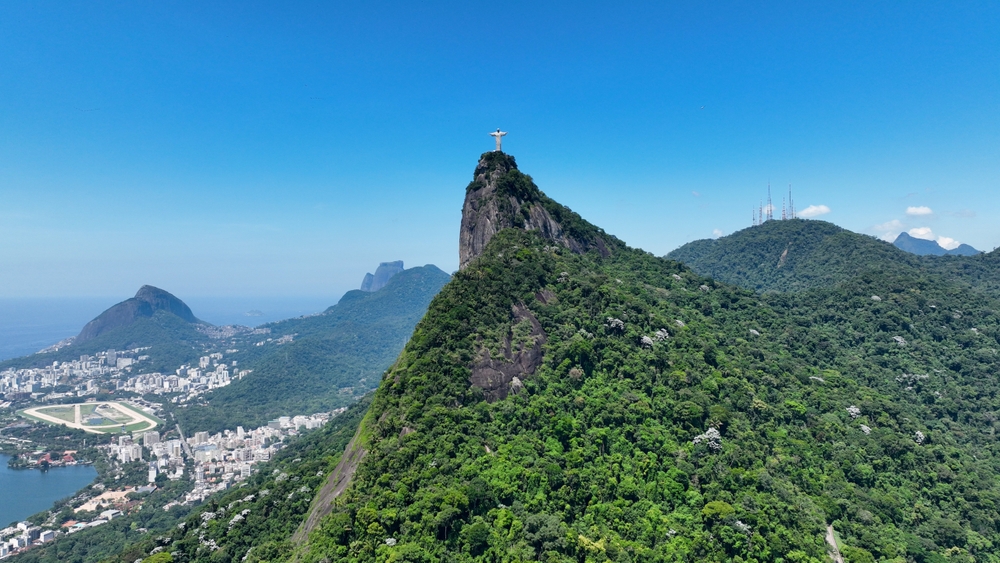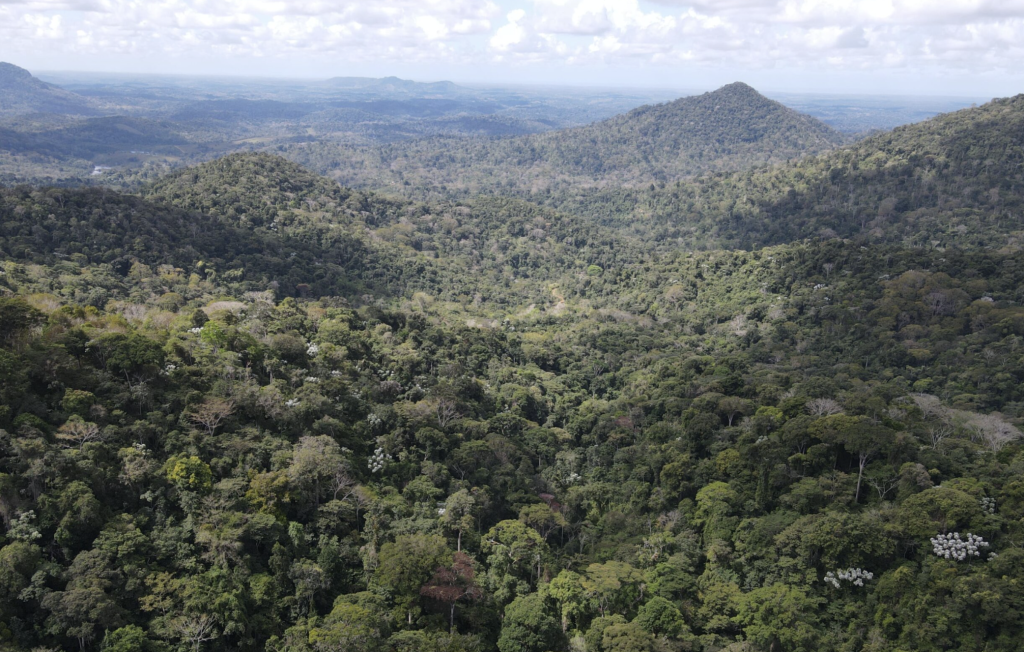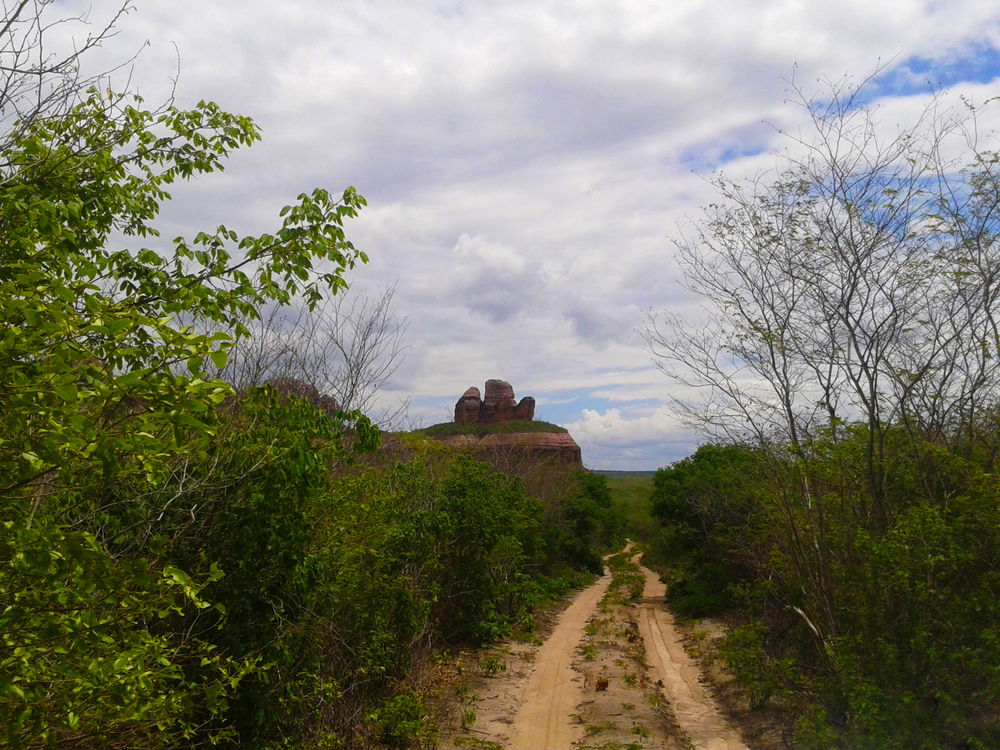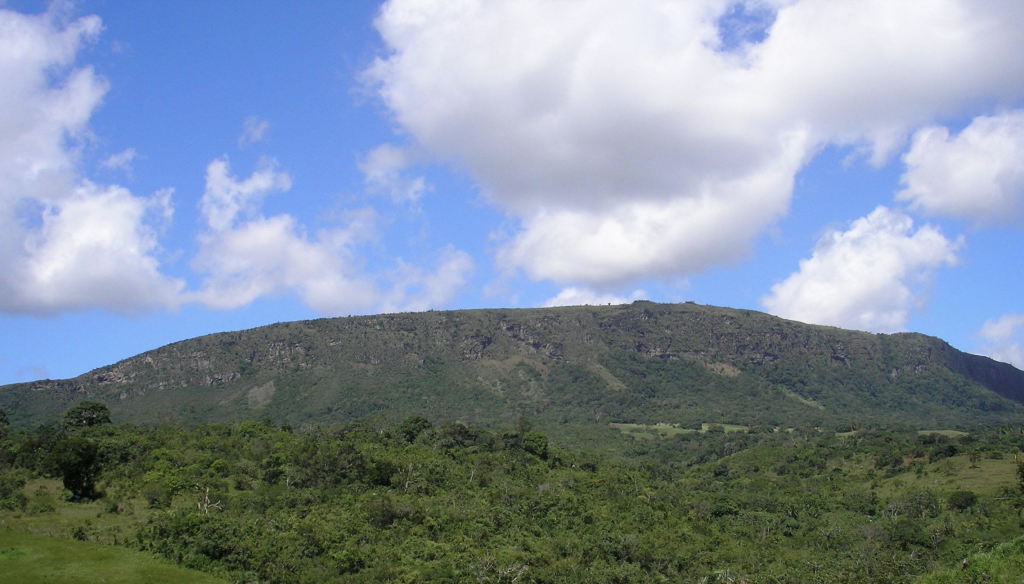Viruá Overview
Viruá National Park, or Parque Nacional do Viruá in Portuguese, is a protected area located in the northern region of Brazil in the state of Roraima. It spans approximately 2,270 square miles, which is around 5,880 square kilometers.
The park lies near the border with Venezuela and is part of the greater Amazon biome, offering a unique mix of ecological features rarely found in other regions. The park’s location in the lowland basin, combined with the intense seasonal flooding and white sand soils, creates an environment of high biodiversity and distinct vegetation.
The landscape of Viruá National Park is primarily composed of campinarana, a type of white-sand forest that is known for its poor, acidic soils and waterlogged terrain. This type of vegetation gives the park a striking appearance, with stunted trees, thick underbrush, and open fields interspersed with dense groves.
Seasonal lakes and rivers cut through the landscape, including parts of the Branco River basin, creating a mosaic of ecosystems that change significantly with the seasons. There are no dramatic mountains or cliffs, but the unique terrain makes the area ecologically rich and visually distinct. During the rainy season, vast areas of the park become submerged, turning into temporary wetlands that support a wide range of aquatic life and migratory birds.
The park hosts a remarkable diversity of wildlife, including several mammal species such as tapirs, armadillos, and various species of monkeys like the squirrel monkey and howler monkey. It is also home to elusive jaguars and ocelots, though these are rarely seen.
Birdlife is abundant, making the park a haven for ornithologists and birdwatchers. Species like the harpy eagle, hoatzin, and the black-collared hawk can be observed, along with numerous hummingbirds, toucans, and parrots. The flooded forests and seasonally dry areas create varied habitats that support both waterfowl and forest birds.
Viruá National Park is recognized not only for its biodiversity but also for its scientific value. The park is often visited by researchers due to its relatively untouched and unique ecosystems, offering insight into Amazonian biodiversity and ecological processes.
Though not heavily trafficked by mainstream tourism, the park has gained popularity among eco-tourists and scientific groups. Visitors who do make the journey can explore the park through guided boat tours, nature walks, and birdwatching expeditions. The isolation and challenging access have preserved much of the park’s natural character, though they also limit infrastructure and ease of visitation.
Conservation efforts in Viruá National Park have been largely successful, owing in part to its remote location and its management by the Chico Mendes Institute for Biodiversity Conservation (ICMBio).
Challenges do remain, especially from potential illegal logging, hunting, and unregulated land use in surrounding regions. However, ongoing monitoring and research partnerships have contributed to its protection. The park plays a crucial role in maintaining ecological balance in the northern Amazon and continues to serve as a model for low-impact conservation in fragile habitats.













































































